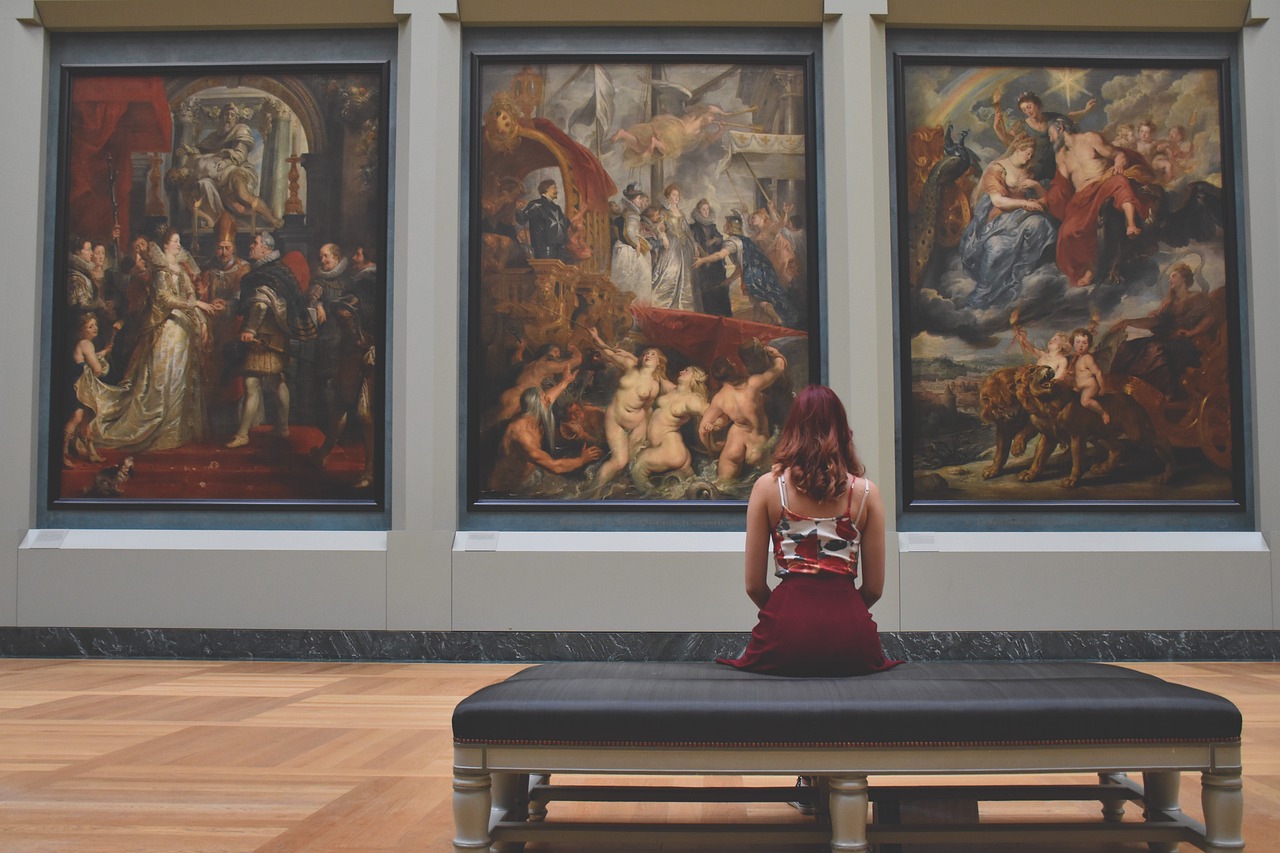Faberge Museum in St. Petersburg
Faberge eggs are beautiful jeweled creations from the House of Faberge, a jewelry firm in Saint Petersburg, Russia. This company created about 69 eggs, and only 57 survive to this day. Peter Carl Fabergé supervised the manufacturing process between 1885 and 1917. However, the most famous are the “Imperial” eggs, and only 46 survive out of 52. He crafted them for the Russian Tsars Nicholas II and Alexander III to give as Easter gifts. These eggs are worth over $1 million each and are now symbols of opulence. That’s the primary reason for storing and presenting them in museums. The most popular one is the Saint Petersburg Faberge Museum.
Are you interested in learning more about the Faberge Museum in Russia? Let’s dive in!
How Old Is the Saint Petersburg Faberge Museum?
The St. Petersburg Faberge Museum is a large and spacious place established in 2013.
Who Initiated the Creation of the Saint Petersburg Museum?
The Link of Times foundation came up with the idea of building a special museum devoted solely to the creative works of Peter Carl Fabergé, the great Russian jeweler. This nonprofit organization purchased a unique collection of masterpieces from Faberge that Malcolm Forbes owned.
Since that time, the Link of Times foundation started building a collection of fine arts and decorative pieces from Russia, amassing 4,000 works.
The Saint Petersburg Faberge Museum is at the Naryshkin-Shuvalov Palace, and the foundation rents it. However, they restored it in 2006.
How Long Did It Take to Open and Build the Museum?
It took about seven years to restore the 18th century palace because the Link of Times foundation recreated its historical appearance. Though it’s been there for 200 years, it had never been fully restored until that time. The official opening ceremony happened on November 19, 2013.
At one point, 300 specialists worked on the project of restoring the palace and adapting it for museum use.
What’s can you see in the Saint Petersburg Faberge Museum?
The Faberge Museum collection features nine Imperial Easter eggs created for the last two Tsars of Russia. Viktor Vekselberg purchased them in 2004 from the family of Malcolm Forbes, an American newspaper magnate.
In fact, the family put them up for auction, and Vekselberg bought them right before that time.
That’s not all that’s in the Faberge Museum in St. Petersburg. You can find over 4,000 works, such as porcelain, bronze, paintings, gold, and silver. These items get displayed in 12 rooms according to their history and type.
Blue Room
Visitors to the museum get a strong feeling of the artistry and opulence of the era. For example, go to the central hall within the Shuvalov Palace to see the Blue Room. It features the Imperial Easter eggs Faberge created. Each one of these masterpieces showcases the personal lives of the last Romanovs.
Red Room
Likewise, there’s the Red Room, which holds the silver works produced from the 18th to 20th centuries. This room has spectacular pieces from Pavel Sazikov and Carl Fabergé. There’s the Anteroom, which holds various household items, such as Fabergé jewelry, gullioché enamel, and clocks.
White Room
Then, you have the Blue and White Rooms. These display enamel works from Pavel Ovchinnikov, the first Russian silver maker to use the pan-Slavic revival style. With those, you can find 19th-century Russian porcelain.
Here are a few other rooms and the items stored within:
Exhibition Room
See stone carvings by different 19th-century Russian artists, including Fabergé.
Gothic Hall
There’s a collection of Russian Orthodox icons framed and covered in gold and silver from the 16th to 20th centuries.
Knight’s Hall
You can see military-themed artwork from Pyotr Balashov and Karl Piratskiy.
Gold Room
This displays the many items that show you the courtly relations between foreign relatives and the Romanov dynasty.
You can visit the Fabergé Museum in Saint Petersburg gift shop to purchase replicas of the Faberge Eggs and other collection items.
Where Is the Museum Located?
You must go to 21, Naberezhnaya Reki Fontanki to see the Faberge Museum. It’s on the Saint Petersburg Fontanka River Embankment and is the old Naryshkin-Shuvalov Palace.
Though the Link of Times Foundation owns the museum, Vladimir Voronchenko is the director, and Viktor Vekselberg is the founder.
What Faberge Eggs Does the Faberge Museum in St. Petersburg Own, and Which Ones Get Presented to the Public?
The Faberge Museum features a collection of nine Imperial Easter Eggs created for the two last Romanov Tsars. Vekselberg bought them in 2004.
There are a total of 15 Faberge eggs found in the Blue Room, and people can see all of them. However, you must look through glass because they’re enclosed so that no one can touch them, damage them, or steal them.
Here’s a list of the eggs you can see:
- First Hen Egg
- Rosebud Egg
- Renaissance Egg
- Lilies of the Valley Egg
- Coronation Egg
- 15th Anniversary Egg
- Cockerel Egg
- Order of St. George Egg
- Bay Tree Egg
- Spring Flowers Egg
- Scandinavian Egg
- Resurrection Egg
- Duchess of Marlborough Egg
- Kelch Chanticleer Egg
- Kelch Hen Egg
What Is the Worth of the Faberge Eggs in the Museum’s Possession? What’s the Total Worth of the Items?
Viktor Vekselberg purchased the Faberge Eggs for the Museum and spent roughly $100 million. Though that’s a significant price, it’s shocking to learn how much they’re worth now. Just a handful of the eggs are worth about $60 million. These include the Bay Tree, Lilies of the Valley, 15th Anniversary, Order of St. George, Hen, and Rosebud eggs.
Experts disagree about the total worth of the Faberge eggs at the museum, but most people feel that $100 million is too low a figure. Therefore, you can estimate them to be worth at least $200 million.
Those who want one for themselves rarely have that much money to spend. However, you can find replicas in the Fabergé Museum in Saint Petersburg gift shop!
Conclusion
Do you love the appearance of Faberge eggs? Many people like to see the glitter and glam, understanding what those things represented during that time period. Now, you can own your own.
My name is Sasha, I’m a father of two. Work in the tech industry. For fun I am running a small business in addition to that, sometimes I write and edit content regarding topics that interest me like: entertainment, tech, finance and art.


Leave a Reply
You must be logged in to post a comment.